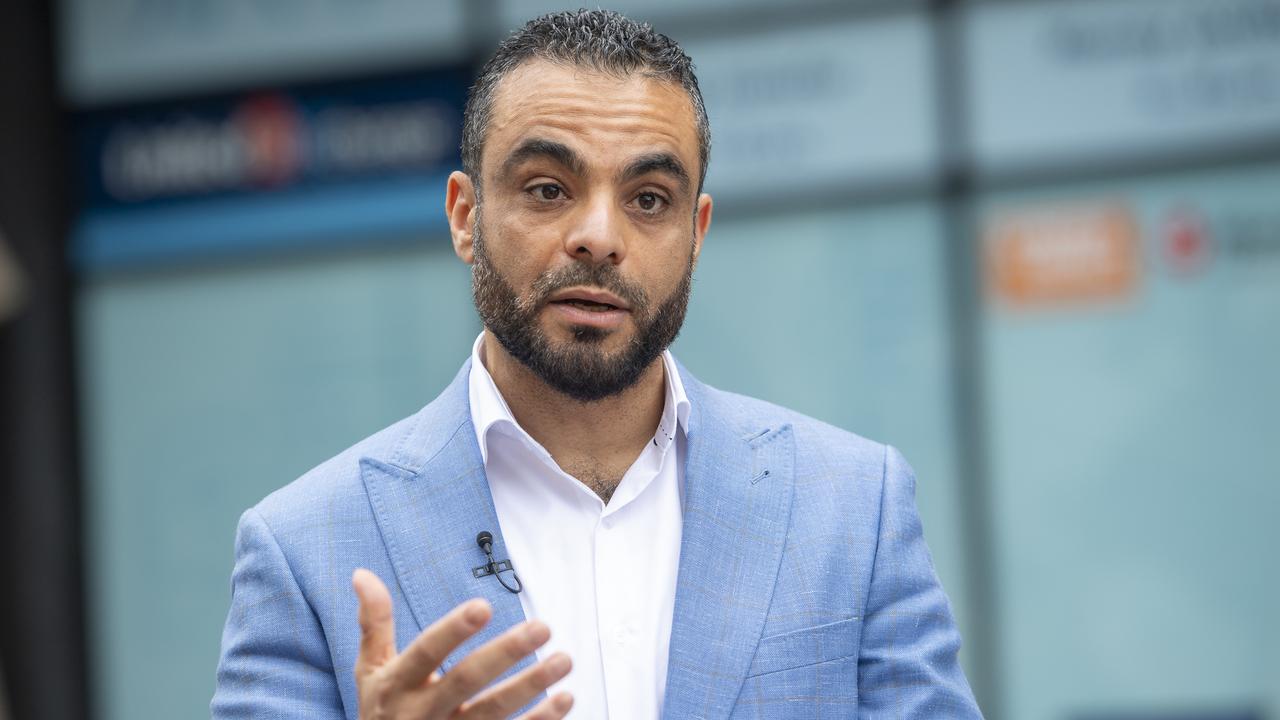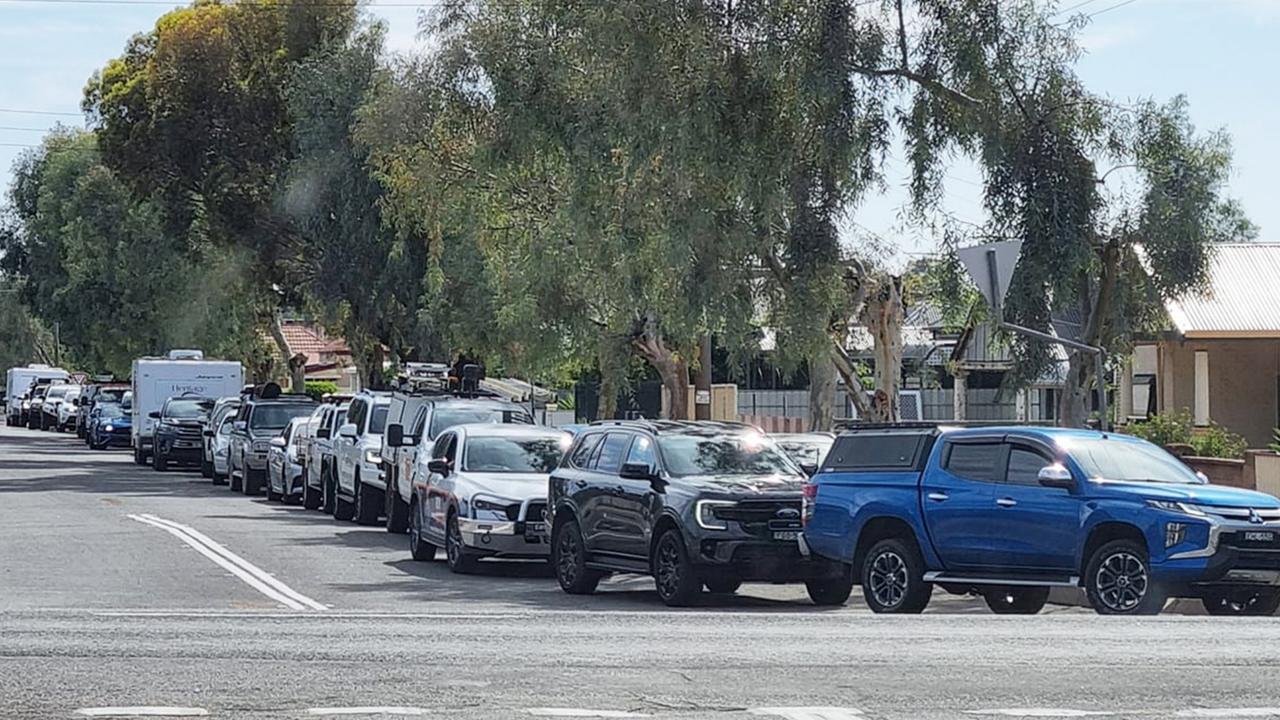Story of Sydney to Hobart deadly storm in 1998: Fear, mayhem and death after a picture-perfect start
They remember how day turned to night and the fear in the voices of grown men years after a killer storm decimated the Sydney to Hobart fleet. Inside the deadly 1998 race.
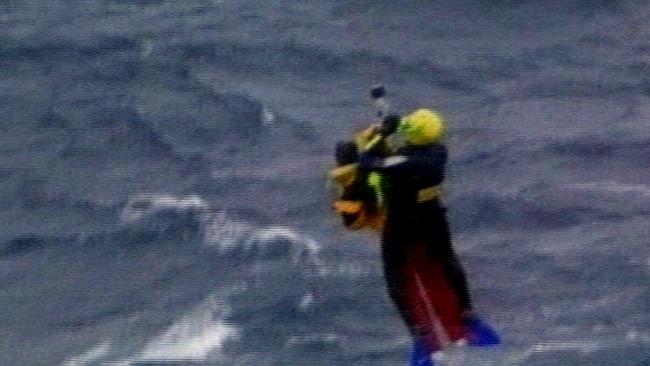
NSW
Don't miss out on the headlines from NSW. Followed categories will be added to My News.
For a young teenage skipper it was the fear and panic in the voices of grown men which freaked her out.
For a first timer who went on to become a world sailing star, it was the eerie sound of the wind smashing through the rigging and a debilitating bout of sea sickness.
For a billionaire from the US it was the fact the world looked so very different. Not normal.
All these sailors have different memories of the fatal 1998 Sydney to Hobart.
And all were affected in some way.
They survived the most ferocious storm in race history to tell their tales after a deep depression exploded over the fleet causing mayhem, monstrous seas and cyclonic force winds.
Six other sailors did not.
British Olympic Star sailor Glyn Charles, in Australia to compete at the 1999 world championships in Melbourne, died after being swept overboard from the Sydney yacht Sword of Orion.
SAILING LEGEND:Rollercoaster from hell

The old timber beauty Winston Churchill sank the second day of the race and after issuing a mayday her crew took to life rafts in the horrendous conditions.
Winston Churchill crew Mike Bannister, Jim Lawler and John Dean are believed to have perished that same night when their life raft fell apart.
Business Post Naiad skipper Bruce Guy died of a suspected heard attack and crewmate Phil Skeggs from injuries sustained when their boat rolled in the storm.
At race end, after one of the most stunning starts on Sydney Harbour just days earlier, only 44 battered boats and scarred crews made it to Hobart.
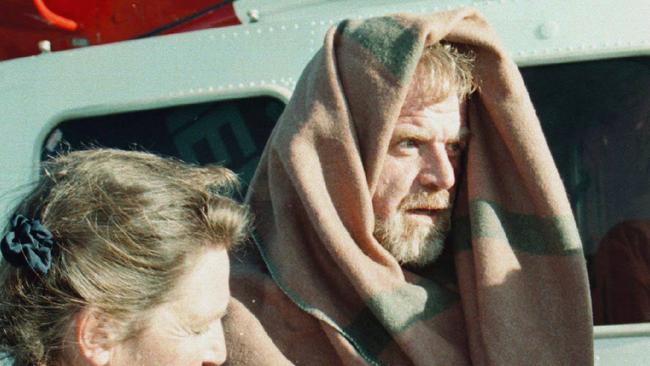
Seventy one of them either sank, were abandoned at sea or retired.
“What I remember most is the radio, listening to the radio and how people just lost it. It was spooky,’’ Dixie Chicken skipper Liz Wardley recalled.
“I kept wondering, if I was in that situation would I be the same? Is there someone who can give them a slap and calm them down?
“I could hear everyone’s fear. There was a conversation going on and suddenly over the top, someone said, someone has gone overboard.
“It was everyone’s worst nightmare.”
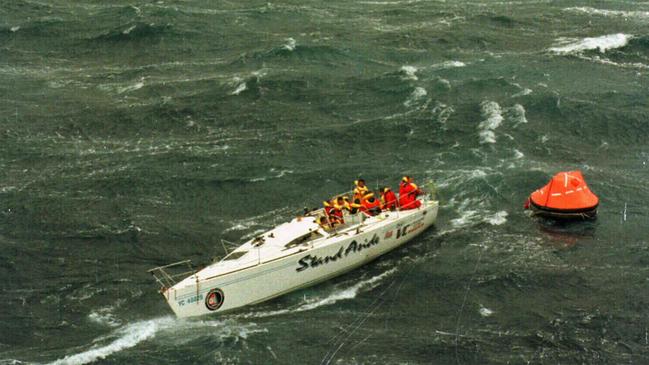
Meteorologist Roger Badham described the low which decimated the fleet as an "explosive development’’.
“As it started to spin up it slowed down. It was like a spinning ballerina. It intensified and slowed down and then stopped right in a location where the fleet was.”
Sailors recalled how day turned to night at sea and then white from the spray - like a sandstorm.
They described the sea as like a giant washing machine and the sea state as “insane’’.
“The sky looked wrong, the waves look wrong, everything was wrong,’’ said Sayonara skipper Larry Ellison, the first survivor of the 1998, on arrival in Hobart.

“The waves are coming from different directions, which didn’t make any sense. And all your senses are assaulted with sound and sights you are completely unfamiliar with.’’
Captain Marc Pavillard RAN, who rescued the crew off Sword of Orion, has a different memory involving the faces of the men he had just plucked from their distressed yacht by helicopter.
“I’ll never ever forget the faces of the Sword crew as we abruptly broke clear of the storm on the way home,’’ said Pavillard, aboard one of the 30 civil and military aircraft which helped rescue 55 sailors from 12 stricken yachts.

“It was as if this thick curtain had just been opened into the most magnificent blue sky day you have ever seen.
“I was shocked by it. They couldn’t believe what they were seeing. I got it because they had been in hell for a couple of days and just on the other side, within their reach, was this realisation of paradise.’’
Skipper David Witt was aboard Nokia in 1998 and like Wardley, vividly remembers the tragedy unfolding on the radio.
“In 1998, when it was going crazy, all the choppers in the air and maydays going off, the radio was horrendous. The last thing we needed to do was panic,’’ Witt said.
“We had a little nav (navigation) station away a bit and Shorty (the late Andrew Shorty) said, ‘Don’t let everyone listen to this, they don’t need to hear it’. So we didn’t tell the others but we listened to see if we could help’’.
Unlike many who raced in 1998, Witt has returned repeatedly to do the Sydney to Hobart and this year is skipper of the 100 footer Scallywag.
Now, all these years on, he could well win line honours in the Sydney to Hobart on the 25th anniversary of the deadly 1998 race.
More from AMANDA LULHAM HERE
Originally published as Story of Sydney to Hobart deadly storm in 1998: Fear, mayhem and death after a picture-perfect start


